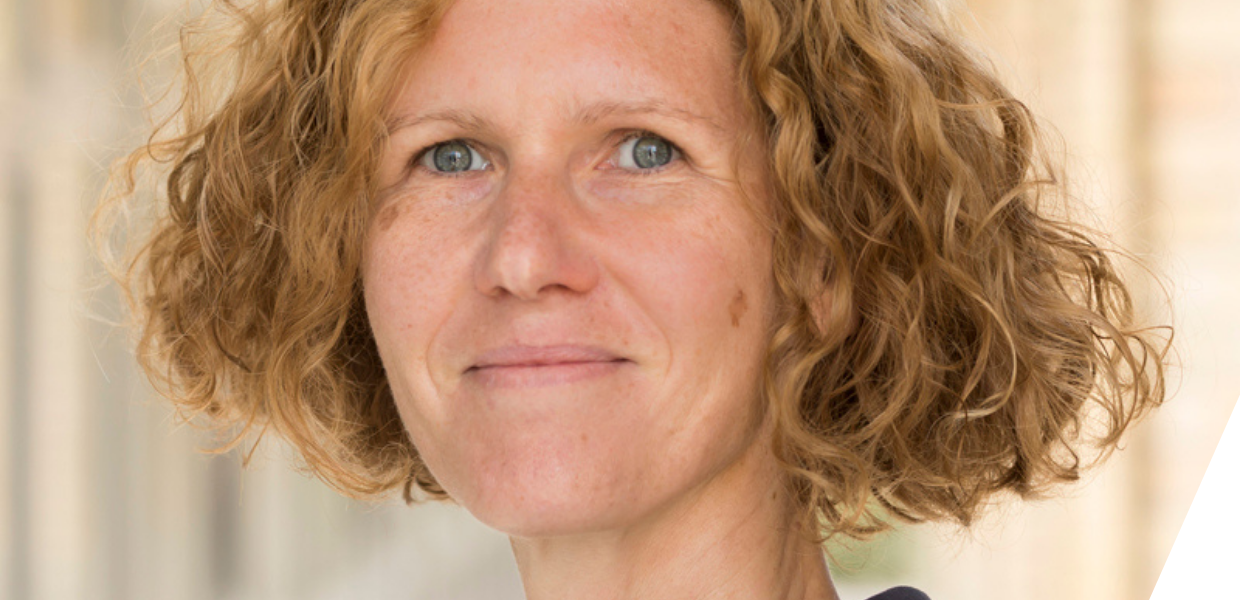How did you enter your profession?
I have a degree in architecture and worked in planning and construction, but always more in terms of digital planning and control of building processes. I came to information infrastructures via a project on the integration of 3D models of architecture in digital libraries and eventually ended up in cultural heritage data. Building and art history was of course already part of my studies, but more at the level of content and always as a basis or for a better understanding of place and design.
Almost simultaneously with my doctorate in this field, with a colleague I established the Open Science Lab at TIB - German National Library of Science and Technology, where I now work. In an interdisciplinary team, I carry out applied research and development and acquire and supervise projects in the context of OpenGLAM. As a professor at Hannover University of Applied Sciences and Arts, I also integrate students into my projects and communities and work to familiarise them with open cultural data, open knowledge in general and Wikidata at an early stage in subjects such as Semantic Web or Data Science.
What are you currently working on?
My most important project at the moment is NFDI4Culture - Consortium for Research Data on Material and Immaterial Cultural Heritage. This is currently the only major infrastructure project for non-textual research data in the humanities in Germany. The NFDI projects obviously have strong links to international initiatives such as the European Open Science Cloud EOSC, and NFDI4Culture in particular has links with Europeana.
At TIB alone, we have six colleagues working on this project in a very dynamic team. They are a lot of fun to work with! For example, we aim to combine and extend existing FOSS tools for structuring and searching data with those for visualising and annotating 2D and 3D, so that they are really usable in both scientific contexts and for GLAM institutions. The development happens iteratively, openly and directly with the users and their data. Furthermore, I am involved in work for the Culture Knowledge Graph, which will integrate the data managed by NFDI4Culture on the semantic level and connect it to data offerings of other NFDI consortia as well as important international information infrastructures.
What are some of the challenges in your role? What are some of your favourite elements?
It's not easy if you want to deliver good teaching on the one hand and good research and development on the other. I know very few people who are really good at both, and if you then also have the ambition to open up your science; to communicate; to have your students generate usable output for the community as early as possible; and to always bring in enough new projects to ensure the continuity of the team - then you sometimes reach your limits.
But I can't imagine a nicer job, and I am really passionate about the content, especially of course all the projects and data that has to do with art and architecture, as I know the different users and developer communities very well. You have to understand the perspective of each player and what drives him or her (and what does not). I think I'm not bad at bringing teams together and giving individual members the support but also the autonomy they need to develop truly intrinsically motivated dynamics.
What was your motivation for joining the Members Council?
Of course, it was curiosity about a large European community in my field and its developments and products. For my dissertation, for example, I had worked very intensively with the Europeana Data Model. It's quite different whether you just use Europeana's services and let your students try things out, for example, or whether you are really part of it and can co-determine and collaboratively contribute to its development.
What do you plan to do as a Members Councillor?
Probably in my case the question should rather be what I have done, because after my two years in the Council I will not stand for election again due to time constraints. I was involved in the 3D Content in Europeana Task Force and of course in the EuropeanaTech Steering Group, where I will continue to be involved. I think it is important not to hold on to positions but to make room for young colleagues who bring in more ideas. I believe this is also an important principle in the transformation of the academic system in terms of Open Science. And if I may take this opportunity to suggest a good successor: in the upcoming elections for the Members Council, my esteemed colleague Rebecca Kahn, whom I was happy to support as a mentor in the Wikimedia Open Science Fellows Program, is a candidate.
Network members will be able to vote for Council members from 3 - 10 November after the elections kick off at ENA General Assembly 2021 - register now if you are a member.



